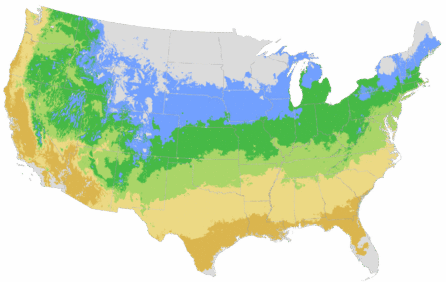You're growing in this Zip Code:
Change LocationDiscover Plants for Your Area
Fort Mcnair Red Horse Chestnut
Aesculus x carnea 'Fort McNair'
Retailers Near You
No Retailers found within 100 miles of your zipcode
Be Inspired: How to Use this Plant
| Bloom Time | Spring |
|---|---|
| Deciduous/Evergreen | Deciduous |
| Special Features | Fall Color, Improved Pest and Disease Resistance |
| Problems/Solutions | Deer Resistant, Tolerates Urban Pollution |
| Growth Rate | Slow |
| Growth Habit | Rounded |
| Flower Attributes | Showy Flowers |
| Design Ideas | This dense deciduous tree creates a handsome specimen lawn tree with a smaller, more rounded habit than the standard European horse chestnut. Its dark green palmate leaves offer a relatively bold texture that pairs well with plants that have finer foliage. A beautiful shade tree, best planted away from sidewalks or driveways where fallen leaves and nuts may fall. |
| Flower Color | Pink |
| Foliage Color | Green |
| Foliage Fall Color | Yellow |
| Companion Plants | Eastern Redbud (Cercis canadensis); Chokeberry (Aronia); Joe Pye Weed (Eupatorium); Elderberry (Sambucus); Serviceberry (Amelanchier); Gayfeather (Liatris) |
| Care Instructions | Provide deep, well-drained soil; adaptable to a variety of soil types. Water deeply, regularly during the first few growing seasons to establish an extensive root system; once established, reduce frequency. Feed with a general purpose fertilizer before new growth begins in spring. Prune to remove dead or damaged branches in winter. |
| History | Aesculus x carnea is a naturally occuring hybrid of A. hippocastanum and A. pavia, discovered in Europe in the early 1800's. This hybrid has better disease resistance and maintains more attractive foliage than it's parent, A. hippocastanum. Aesculus hippocastanum is native to the Balkans, while Aesculus pavia is native to the central and southeastern United States. |
| Lore | Not to be confused with the edible chestnuts from the species in the genus Castanea, the fruits of horse chestnuts (genus Aesculus) are ornamental and contain a toxin and should not be ingested. |
| Bloom Time | Spring |
|---|---|
| Deciduous/Evergreen | Deciduous |
| Special Features | Fall Color, Improved Pest and Disease Resistance |
| Problems/Solutions | Deer Resistant, Tolerates Urban Pollution |
| Growth Rate | Slow |
| Growth Habit | Rounded |
| Flower Attributes | Showy Flowers |
Retailers Near You
No Retailers found within 100 miles of your zipcode
Retailers Near You
No Retailers found within 100 miles of your zipcode
Buy Online
We cannot currently ship this product to your zip code.
About Us
We have been pioneers and craftsmen in the art of growing plants for nearly
100 years. Since our founding in Southern California by Harry E. Rosedale, Sr.
in 1926, we have been absolutely dedicated and obsessed with quality.
We have been pioneers and craftsmen in the art of growing plants for nearly 100 years. Since our founding in Southern California by Harry E. Rosedale, Sr. in 1926, we have been absolutely dedicated and obsessed with quality.






